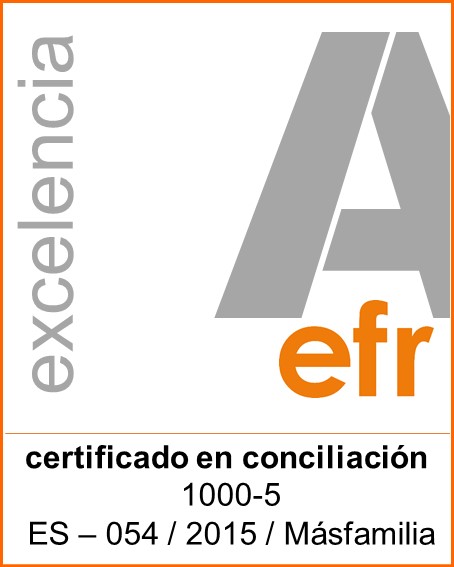It is becoming more and more common that companies adopt “flexiworking” as their way of working. It is clearer every day that working with-in fixed hours doesn’t grant productivity, but quite the opposite. Large Companies such as Iberdrola, have experienced that applying flexible working hours has reduced absenteeism in up to 10%. In Colombia, figures from the Government indicate that 9% of the country’s companies have implemented this modality to some extent.
There are many other companies that apply flexible working policies in many other aspects, and this is possible thanks to new technologies. These technologies are already an integragated part of our personal lives, so it’s easily expected that they are also integrated into our professional lives. For most workers, using a smartphone, a tablet or a laptop is the most natural thing and this naturalness makes it possible to work from anywhere and at any time.
If a few years ago, on your first day at any company, you received a set of pens and a notebook as a welcome, now the welcome includes all the necessary instructions to be able to use the company server, to use the collaborative working tools or to be able to connect to a videoconference from anywhere.
These changes affect companies as well as employees. If we want to have flexibility, we need to accept to be measured not by hours but by accomplished goals. We are living times of change in ways of working and in employee-employer relationships. This is the most critical part of the system, how do you evaluate a worker who you do not see in the office? But before answering this question you should have to answer another, how do you know that the worker you see in the office is fulfilling its objectives? One of the main mottos of Facility Management is that what can not be evaluated, can not be measured and this is applicable whether the employee works remotely or attached to the seat. The way of measurement will determine the success of work flexibility. If neither the employee nor the company have this clear, the result will be a failure.
In this type of work, there are also other risks such as a sedentary lifestyle, social isolation or a possible loss of the “sense of belonging”. Companies should think about these aspects and compensate them with measures, such as regular face to face meetings or proposing activities that promote union amongst teams.
New ways of working facilitate work life balance, a key aspect when trying to attract and retain talent, since it is one of the most valuated elements when choosing or changing a job. In addition, several studies show that companies which promote work life balance, increase their productivity rates
We are facing an unstoppable change, which will be institutionalized in a faster or slower pace depending on each companies’ culture, but we definitely need to take the most of its advantages and be aware of its challenges to face them in the most favourable way possible.
Photo by: Peter Minarik http://bit.ly/1PggUm1









